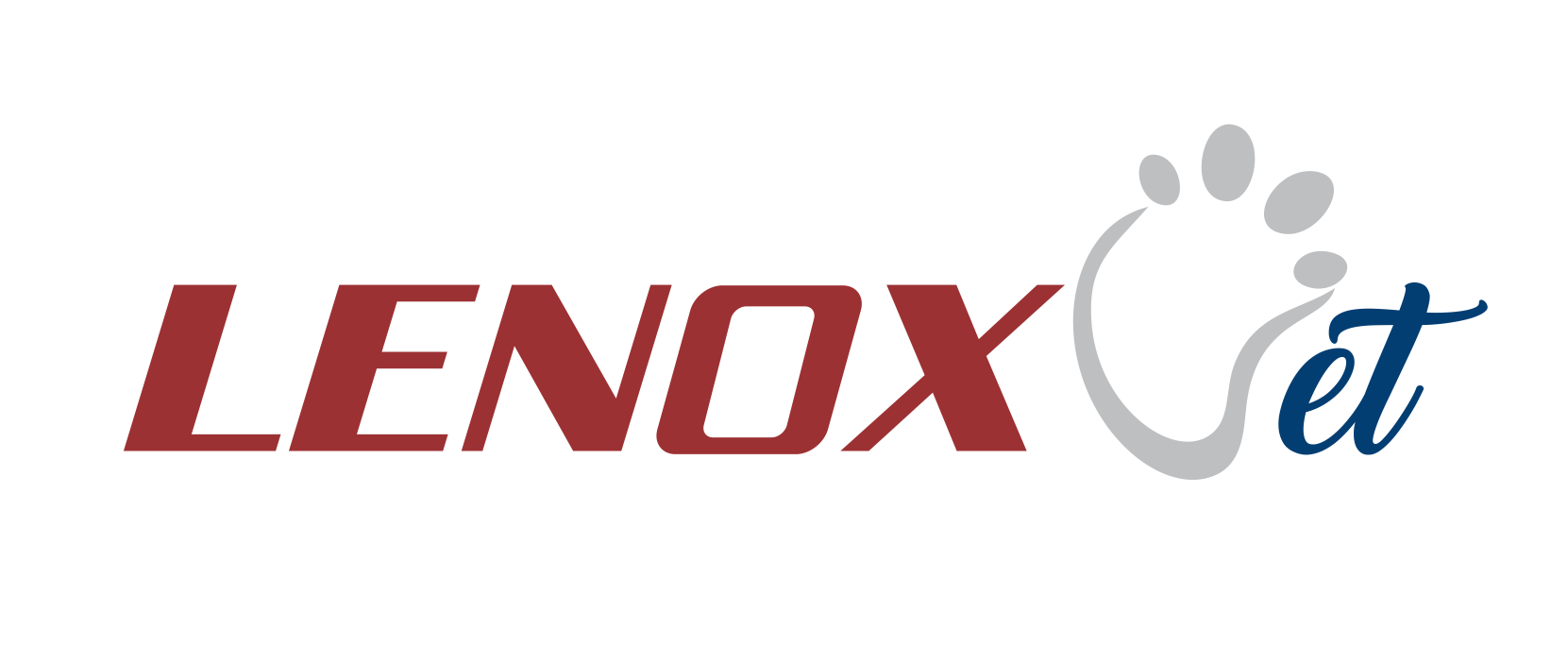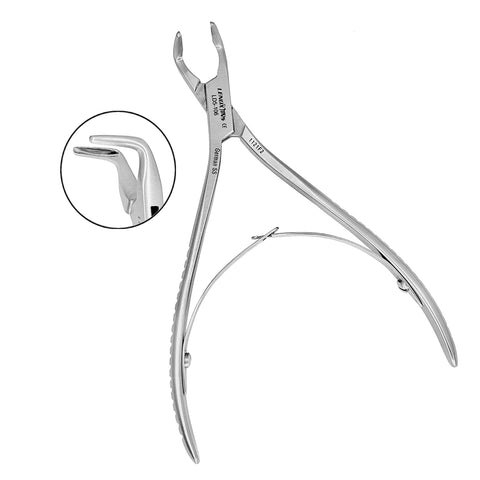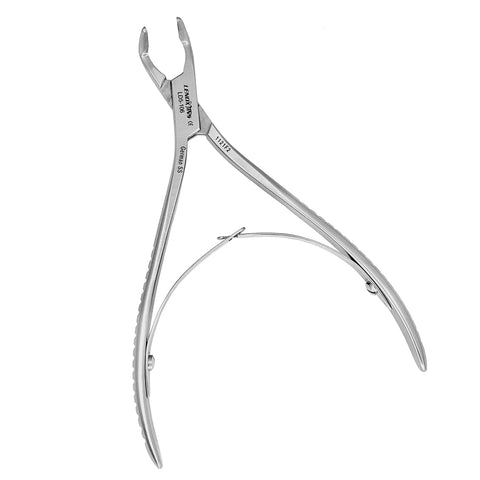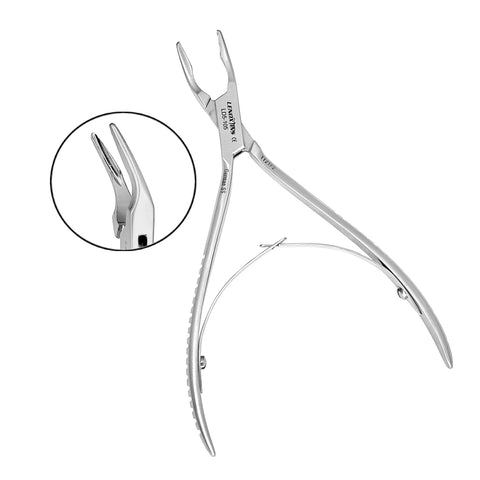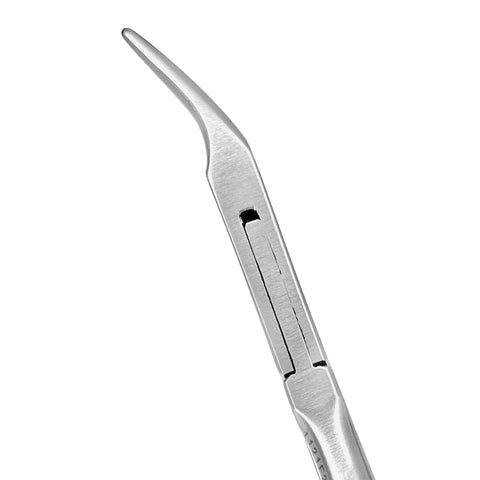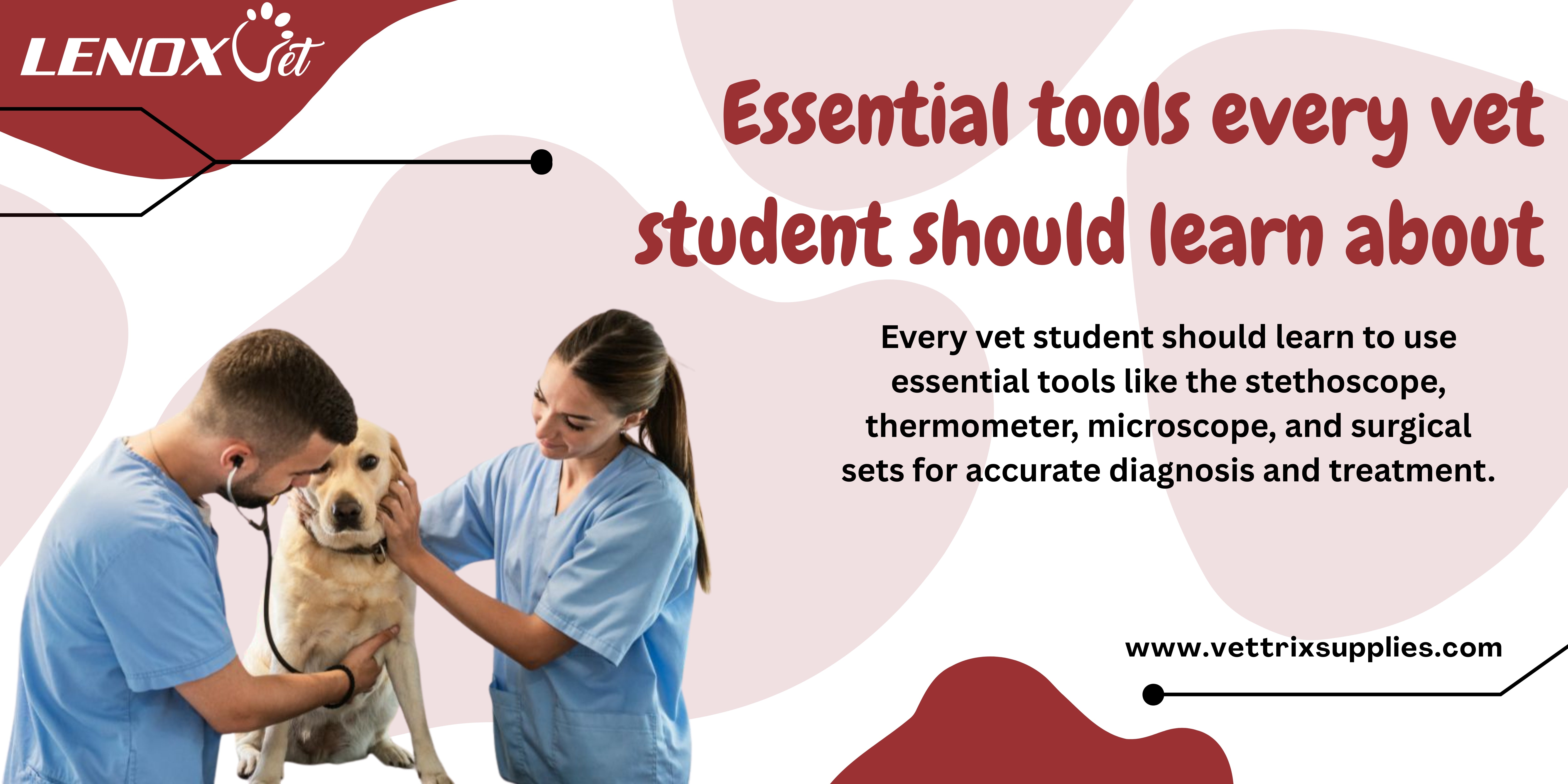
essential tools every vet student should learn about
Your Veterinary Toolkit: Essential Gear and Skills for Future Vets
Picture yourself confidently performing your first animal examination, every tool perfectly placed and ready. This guide is your roadmap to the essential veterinary equipment and skills that will build your precision and self-assurance. We’ll cover everything from mastering diagnostics and surgery to understanding safety gear, digital resources, smart budgeting, equipment care, and the fundamentals of advanced imaging. You’ll discover the must-have diagnostic devices, the surgical instruments you can’t live without, everyday supplies and protective wear, top digital study aids, practical tips for acquiring and maintaining your gear, and an introduction to anesthesia machines, autoclaves, CT, and MRI systems. By the end, you’ll see how each piece of equipment contributes to your clinical skills, patient care, and professional journey.
- Nail down accurate diagnoses with top-notch examination tools.
- Perform safe surgeries with dependable instrument kits.
- Champion infection control with the right attire and sterilization gear.
- Streamline your studies with purpose-built apps and software.
- Learn smart ways to buy and care for your equipment without breaking the bank.
- Get acquainted with the advanced machinery you'll encounter.
What Diagnostic Gear Do All Vet Students Need?
Sharp diagnostic skills are built on a foundation of specialized tools that help you spot subtle physiological changes, guiding effective treatment and honing your abilities. These instruments are key to becoming a proficient clinician and ensuring animal well-being.
How to Pick the Perfect Stethoscope for Vet School?
Choosing a stethoscope means looking at how well it picks up sounds, how tough it is, and if its chest piece is designed for different animal sizes. A great stethoscope helps you catch heart murmurs, lung sounds, and gut activity, making your clinical assessments much sharper.
Quick Comparison: Top Stethoscopes for Vet Students
| Model | Sound Quality | Build Quality | Animal Fit |
|---|---|---|---|
| Littmann Classic III | Outstanding | Built to last | All sizes |
| MDF MD One | Very good | Built to last | All sizes |
| ADC Adscope | Very good | Built to last | All sizes |
These comparisons highlight how factors like tubing material, chest piece size, and diaphragm sensitivity impact how accurately you can listen and how long your instrument will last.
What Are Otoscopes and Ophthalmoscopes Used for in Vet Training?
Otoscopes and ophthalmoscopes let you get a close look inside ears and eyes, helping you diagnose issues like infections, foreign objects, and eye diseases. Getting good with these tools builds your confidence in assessing sensory organs.
- Otoscope: Lets you see the ear canal, eardrum, and check for parasites.
- Ophthalmoscope: Helps you examine the retina, optic nerve, and blood vessels in the eye.
- Practicing with both tools reinforces your understanding of anatomy and keeps patients comfortable.
Mastering these examination techniques sets you up for success before you even move on to advanced imaging.
Which Thermometers and Monitors Are Crucial for Vet Students?
Digital and infrared thermometers give you quick temperature readings to track fevers, hypothermia, or anesthesia levels, while blood pressure monitors keep an eye on heart function. Accurately checking vital signs is fundamental to patient safety and making the right treatment choices.
Reliable monitoring equipment trains you to establish baseline health and provide care during and after procedures, connecting vital signs to clinical actions and ensuring animals receive the best care.
How Do Microscopes and Centrifuges Help in Vet Diagnostics?
Microscopes let you examine tiny details in blood, skin, and fluid samples to diagnose infections and parasites. Centrifuges spin samples to separate blood components and urine sediments, helping you count cells and identify crystals, speeding up your diagnostic process.
Together, these lab tools are essential for spotting blood disorders, infections, and metabolic issues early on, sharpening the analytical skills you’ll need every day as a vet.
What Should Students Know About Ultrasound and X-ray Machines?
Ultrasound uses sound waves to create real-time images of organs, useful for checking pregnancies, examining soft tissues, and guiding biopsies. X-ray machines use controlled radiation to image bones, chests, and teeth.
Understanding the basic principles of imaging, how to use the equipment safely, and how to interpret the results will prepare you for more advanced diagnostic techniques and working in diverse clinical settings.
What Surgical Instruments Are Absolute Must-Haves for Vet Students?
Getting skilled with basic surgical instruments allows you to make clean cuts, handle tissues gently, and suture effectively under guidance, building the foundation for safe and successful veterinary surgery.
What’s in a Complete Dissection Kit for Vet School?
A typical dissection kit includes scalpels, forceps, scissors, probes, and needles, all designed for exploring anatomy and practicing techniques. These tools teach you how to safely separate tissues, identify organs, and understand structural relationships through hands-on work with cadavers.
- Scalpel handles with various blade sizes for precise cuts.
- Forceps for delicate tissue handling and controlling blood flow.
- Scissors (straight and curved) for cutting through fascia and muscle.
- Blunt probes for gently separating connective tissues.
- Dissection needles for teasing apart fine structures.
This kit provides essential hands-on experience before you move on to working with live patients.
How Are Scalpels, Forceps, Scissors, and Needle Holders Used in Surgery?
Each instrument has a specific job: scalpels make clean incisions, forceps grip or clamp vessels, scissors cut tissue layers, and needle holders secure sutures. Used together, they create a coordinated system for efficient surgical procedures.
- Scalpel: For making controlled incisions.
- Forceps/Hemostats: For gentle tissue handling and stopping bleeding.
- Scissors: For dissecting and trimming tissue.
- Needle Holder: For precise control when placing sutures.
Using these instruments together helps you practice sterile techniques and develop the fine motor skills crucial for good patient outcomes.
Why Are Suture Training Kits So Important for Surgical Skills?
Suture training kits mimic skin, blood vessels, and tissue resistance, allowing you to practice tying knots, different suturing patterns, and controlling tension repeatedly. Consistent practice with these kits builds muscle memory and confidence before you perform surgery on actual animals.
Regular use of suture trainers speeds up skill development and reduces mistakes when you’re working with patients.
Learning Through Practice: Models in Veterinary Surgical Education
Developing surgical skills requires deliberate practice, and veterinary educators are increasingly turning to models for teaching and evaluating these abilities. Research into veterinary surgical models is growing, covering areas like orthopedics, ligation, suturing, and sterilization, with some models even including assessment rubrics.
This research supports the idea that dissection kits and suture training kits are vital for building fundamental surgical skills through hands-on practice and simulation.
What General Supplies and Protective Gear Do Vet Students Need?
Having the right durable clothing, comfortable shoes, and infection control essentials will keep you safe, clean, and energized through busy clinical rotations.
Why Are Scrubs and Coveralls a Must for Vet Students?
Scrubs and coveralls act as a barrier against fluids, dirt, and germs, while also allowing you to move freely and stay comfortable during exams and procedures. Opting for moisture-wicking, antimicrobial fabrics will boost hygiene and durability in various clinical settings.
Keeping Veterinary Hospitals Infection-Free
Infection control and biosecurity are becoming increasingly critical in veterinary patient care. This course explores key aspects of infection control, including proper hand hygiene, barrier nursing techniques, and measures to protect both staff and patients from infectious diseases. It also covers preventing surgical site infections by ensuring the patient, operating room, surgical team, and equipment are all properly prepared.
This educational material underscores the importance of scrubs, coveralls, and other safety gear for infection control, as well as the necessity of sterilizing instruments correctly.
What Footwear and Safety Gear Ensure Comfort and Prevent Infection?
Non-slip, waterproof shoes or clogs protect your feet from spills and offer support during long shifts. Safety glasses shield your eyes from splashes, while gloves, masks, and hand sanitizer are essential for maintaining infection control and protecting both you and your patients.
Wearing the right combination of footwear and personal protective equipment creates a safe learning environment and minimizes the risk of spreading infections.
How Do Fob Watches and Pen Torches Help in Daily Vet Practice?
Fob watches clipped to your scrubs let you quickly check pulse and respiration rates without touching the patient, supporting aseptic technique. Pen torches provide focused light for examining mouths, wounds, and small lesions, improving visibility during physical exams.
These handy tools make routine checks more efficient and boost diagnostic accuracy in fast-paced clinical settings.
Which Digital Resources and Study Aids Are Most Helpful for Aspiring Vets?
Using mobile apps and productivity software can speed up learning anatomy, calculating dosages, and preparing for exams, complementing hands-on training with readily available digital support.
What Are the Top Mobile Apps for Veterinary Students?
Vet students often turn to specialized apps like VetCalc for accurate dosages, Anatomy 3D for interactive organ views, and Plumb’s for comprehensive drug information—all designed to reduce errors and deepen understanding.
| App | What it Does | Key Advantage |
|---|---|---|
| VetCalc | Dosage calculator | Minimizes medication mistakes |
| Anatomy 3D | Interactive anatomy | Improves spatial learning |
| Plumb’s | Drug reference | Provides current pharmacology data |
These apps act as portable study companions, reinforcing what you learn in class and helping with clinical decisions.
How Can Note-Taking and Productivity Software Boost Your Vet School Success?
Software like Notion and Goodnotes helps you organize lecture notes, lab findings, and case studies into searchable databases, making review and group study much easier. Well-structured digital folders and templates speed up revision and ensure you can always find key information.
What Online Resources Are Best for NAVLE Exam Prep?
Websites offering practice exams, flashcards, and question banks—like KV Learning and VetPrep—provide targeted NAVLE content that matches the exam structure. Regularly using these resources builds your endurance for exams, helps you identify weak spots, and increases your confidence for passing your licensing exam.
Are Vet Students Using Tech and Online Learning for Their Classes? A Mini-Meta Analysis
A mini-meta-analysis found that veterinary students frequently use portable media devices, continue to use traditional textbooks, moderately use online tools, and rarely use research papers. The study suggests that while technology is advancing, students’ preferences for digital resources aren’t always predictable, meaning educators need to consider how students actually access and use their learning materials.
This study highlights the growing importance of digital resources and online learning in veterinary education, supporting the article’s focus on mobile apps, note-taking software, and online NAVLE preparation.
How Can Vet Students Get and Maintain Their Tools Wisely?
Smart budgeting, savvy shopping, and consistent maintenance will ensure your tools perform well over time and save you money throughout your veterinary training.
What Are the Top Budgeting Tips for Vet School Equipment?
Creating a prioritized list of needed equipment and comparing student discounts, refurbished items, and bundled deals can help you manage costs without sacrificing quality. Keeping track of your spending with a budget spreadsheet prevents overspending and helps you distinguish between essential and optional items.
Smart financial planning allows you to build a complete toolkit while minimizing debt.
How to Balance Quality and Cost When Buying Vet Tools?
Assess the material quality, brand reputation, and warranty coverage alongside the price to find the right balance between durability and affordability.
Investing in stainless-steel surgical instruments with solid warranties often proves more cost-effective in the long run than opting for cheaper alternatives.
Focus on acquiring the core tools first and gradually adding more as your skills and responsibilities grow, aligning your spending with your needs.
When sourcing your equipment, consider exploring reputable suppliers such as www.lenoxvet.com and www.vettrisxupplies.com for a range of veterinary tools and supplies.
What Are the Best Practices for Maintaining and Sterilizing Vet Instruments?
Regular cleaning, proper autoclave sterilization, and periodic sharpening or calibration are crucial for keeping instruments in good working order and ensuring patient safety. Following the manufacturer’s recommended procedures—like using enzymatic cleaners and lubricants—prevents corrosion and extends the lifespan of your tools.
Consistent maintenance routines uphold clinical standards and reduce the risk of instrument failure during procedures.
What Advanced Veterinary Equipment Should Students Be Familiar With?
Understanding complex machinery will prepare you for specialized rotations and future careers in diagnostic imaging, anesthesiology, and laboratory services.
How Do Anesthesia Machines Work and Why Are They Important?
Anesthesia machines deliver precise gas mixtures and monitor breathing, ensuring animals remain safely sedated and stable during surgery.
Knowing how to set vaporizers, use flowmeters, and perform safety checks is essential for safely inducing and recovering anesthetized animals.
Proficiency with anesthesia equipment is key to effective pain management and successful procedures for both small and large animals.
What Are Autoclaves and How Do They Ensure Sterilization?
Autoclaves use high-pressure steam to kill all microorganisms on instruments, dressings, and glassware.
Mastering the correct cycle settings, packaging methods, and using biological indicators guarantees effective sterilization and compliance with infection control standards.
Being familiar with autoclave operation is vital for patient safety and maintaining clinic biosecurity.
What Basics Should Students Know About Advanced Imaging: CT and MRI?
CT scanners provide detailed cross-sectional X-ray images to assess complex bone and soft-tissue issues, while MRI uses magnetic fields and radio waves to visualize nerves, muscles, bones, and heart structures without radiation.
Understanding when these techniques are needed, the safety precautions involved, and the basics of image interpretation will prepare you for referring cases and collaborating with specialists.
Frequently Asked Questions (FAQs)
What are the most essential diagnostic tools for a vet student?
For vet students, a high-quality stethoscope, otoscope, ophthalmoscope, and reliable thermometers are fundamental. These tools are crucial for developing sharp diagnostic skills and understanding animal physiology.
Which surgical instruments should I prioritize as a beginner?
Beginners should focus on a complete dissection kit, including scalpels, forceps, scissors, and needle holders. These instruments provide the foundation for practicing sterile techniques and developing fine motor skills necessary for surgery.
Why is infection control so important in veterinary practice?
Infection control is paramount for patient and staff safety. Essential gear like scrubs, coveralls, non-slip shoes, safety glasses, gloves, and masks, combined with proper instrument sterilization (e.g., using autoclaves), minimizes the spread of pathogens and ensures a hygienic clinical environment.
How can digital resources enhance my vet school studies?
Digital tools like specialized mobile apps (e.g., VetCalc, Anatomy 3D, Plumb's) and productivity software (e.g., Notion, Goodnotes) can significantly aid learning. They help with dosage calculations, interactive anatomy study, drug referencing, note organization, and efficient exam preparation, including resources for the NAVLE.
What are some smart budgeting tips for acquiring vet equipment?
To budget wisely, create a prioritized list, compare student discounts, consider refurbished items, and look for bundled deals. Investing in durable, quality instruments with good warranties often proves more cost-effective in the long run than opting for cheaper, less reliable alternatives.
What advanced veterinary equipment should I be familiar with?
Students should understand the basic principles and importance of anesthesia machines for safe sedation, autoclaves for sterilization, and advanced imaging technologies like CT and MRI for comprehensive diagnostics. Familiarity with these prepares you for specialized rotations and future clinical roles.
Conclusion
Veterinary students who are well-equipped with these diagnostic, surgical, protective, digital, financial, and advanced imaging tools will enter clinics ready to tackle practical challenges and provide excellent patient care. The journey to becoming a proficient veterinarian is built on a solid foundation of practical skills, supported by the right tools. Consistent practice, smart investments in quality equipment, and diligent instrument maintenance will not only build your professional confidence but also support a lifetime of learning and success in the dynamic field of veterinary medicine. Embrace your toolkit as an extension of your commitment to animal well-being and your professional growth.
